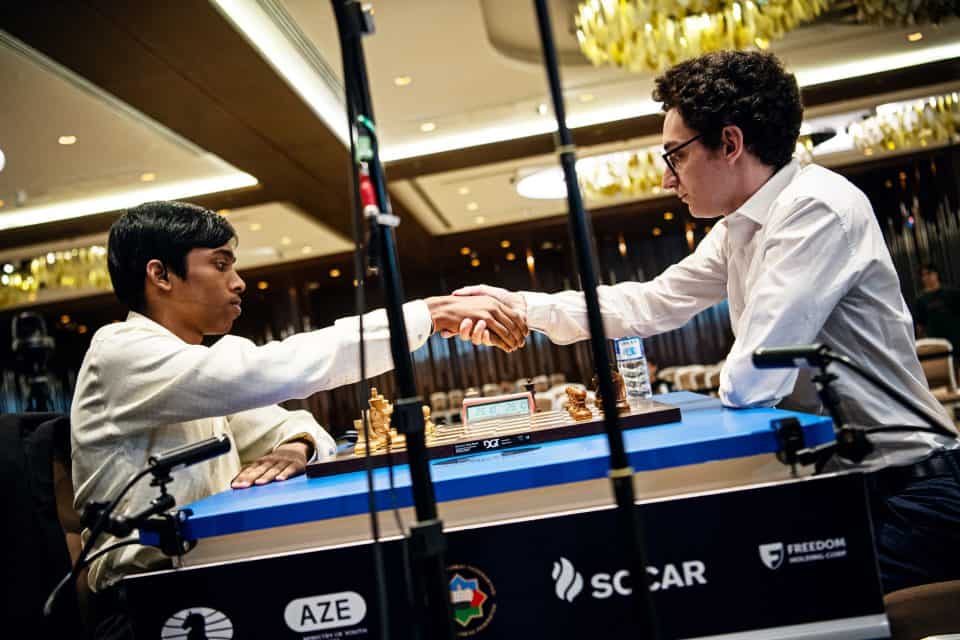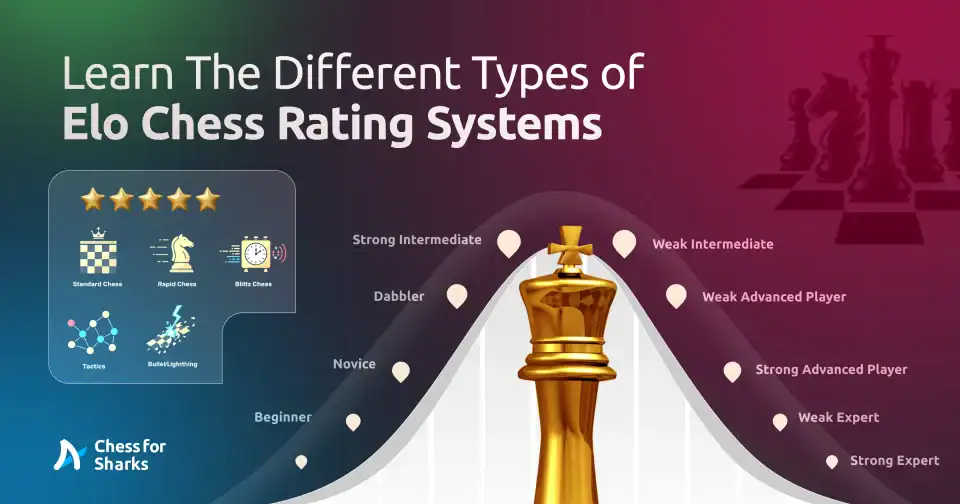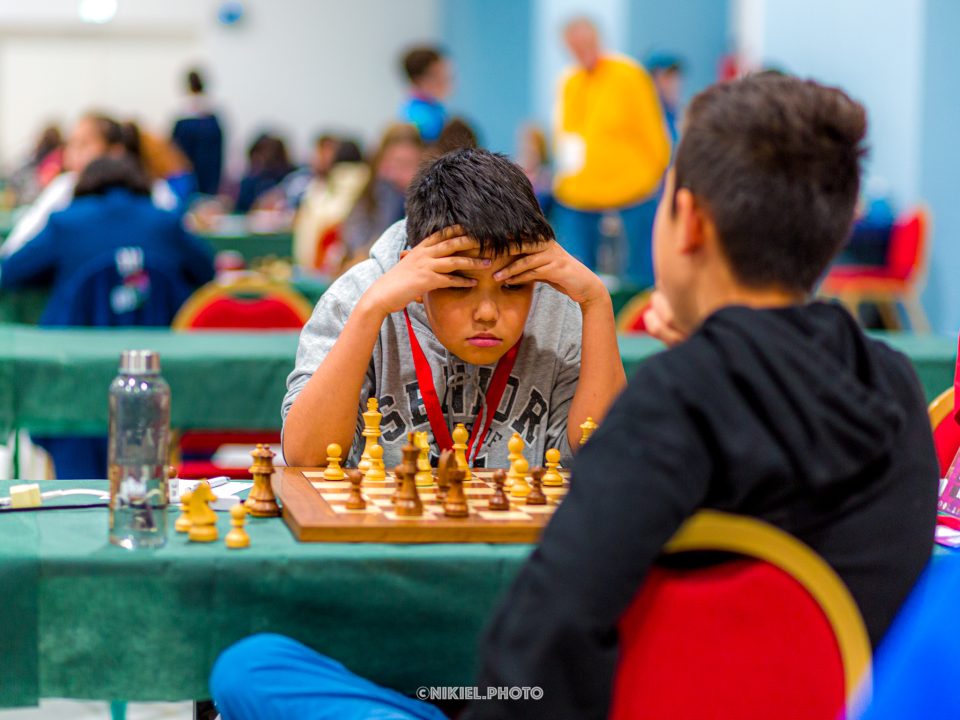A draw in chess simply means the game ended in a tie – neither player won. There are a few ways a draw can happen:
Stalemate
This is when your opponent’s king is not in check but has no legal moves left. Even though you didn’t checkmate them, it’s considered a draw.
You can learn more about stalemate here:
- What is Stalemate In Chess?
- How To Avoid Stalemate in Chess: 7 Tips To Follow
- Stalemate vs Checkmate: All You Need to Know
Agreement
At any point, you and your opponent can agree to a draw. This often happens when you’ve reached an endgame that seems unwinnable for either side.
Threefold Repetition
If the exact same position occurs three times with the same player to move, a draw can be claimed. For example, if you and your opponent keep moving pieces back and forth with no progress.
Learn more here: What is Threefold Repetition in Chess?
Fifty-move Rule
The fifty-move rule in chess states that a player can claim a draw if no capture has been made and no pawn has been moved in the last fifty moves (for this purpose, a “move” consists of a player completing a turn followed by the opponent completing a turn).
This rule aims to prevent a player with no chance of winning from obstinately continuing to play indefinitely or seeking to win by tiring the opponent.
Insufficient material
If neither player has enough pieces left on the board to force checkmate, the game is automatically drawn. For example, if all that’s left is two kings, a king and bishop vs lone king, or a king and knight vs lone king.
Just so you know, a king and two knights is technically a draw but can also be a win if the opponent misplays the position. See more here: Can You Checkmate With Two Knights?
Final Thoughts
Those are the most common ways draws happen in chess.
While aiming for the win is ideal, sometimes settling for a draw, especially against a stronger opponent, can be a strategic decision.
The key is understanding when to push for victory and when to accept the tie.
You may also want to read:







join the conversation